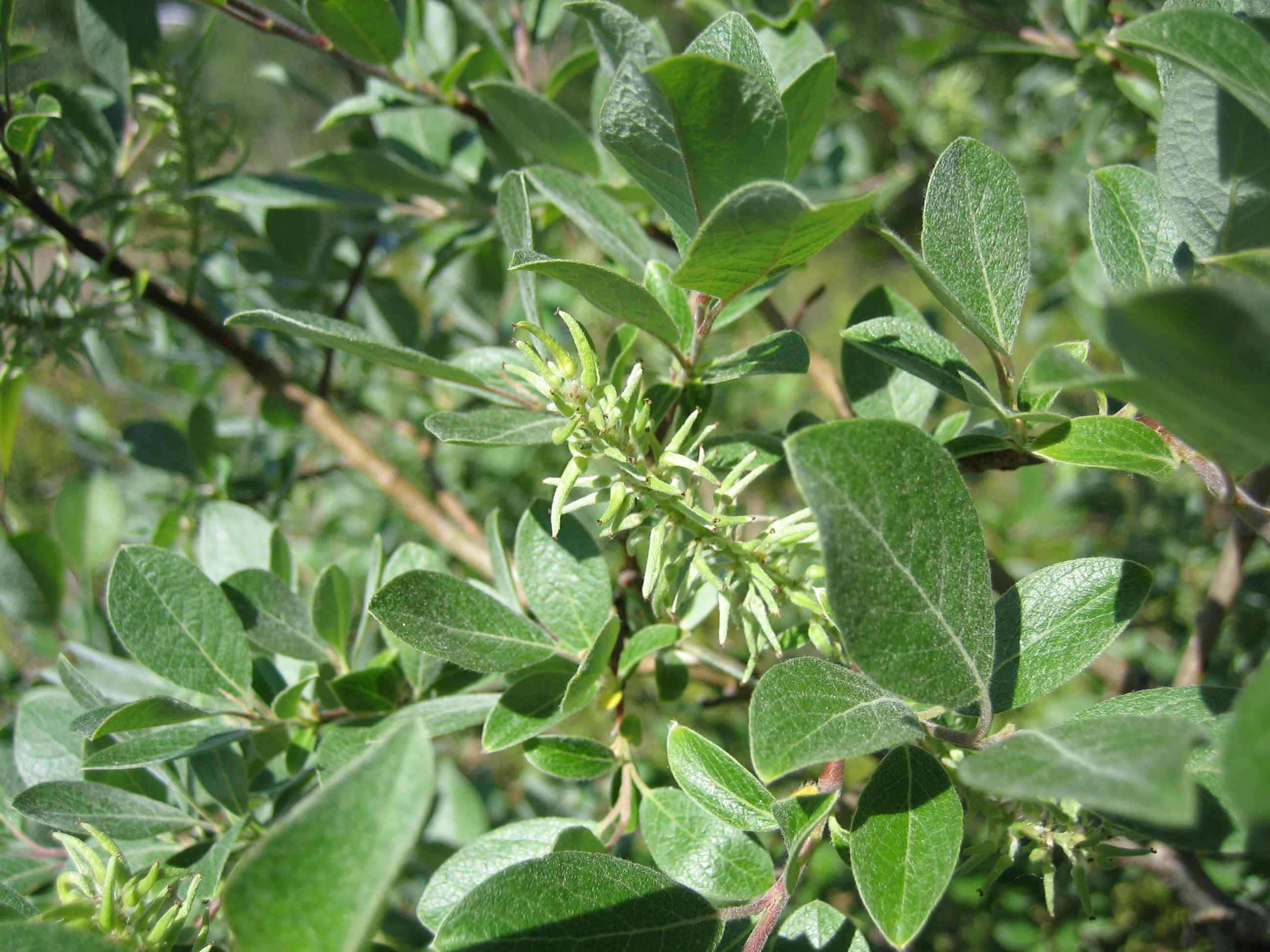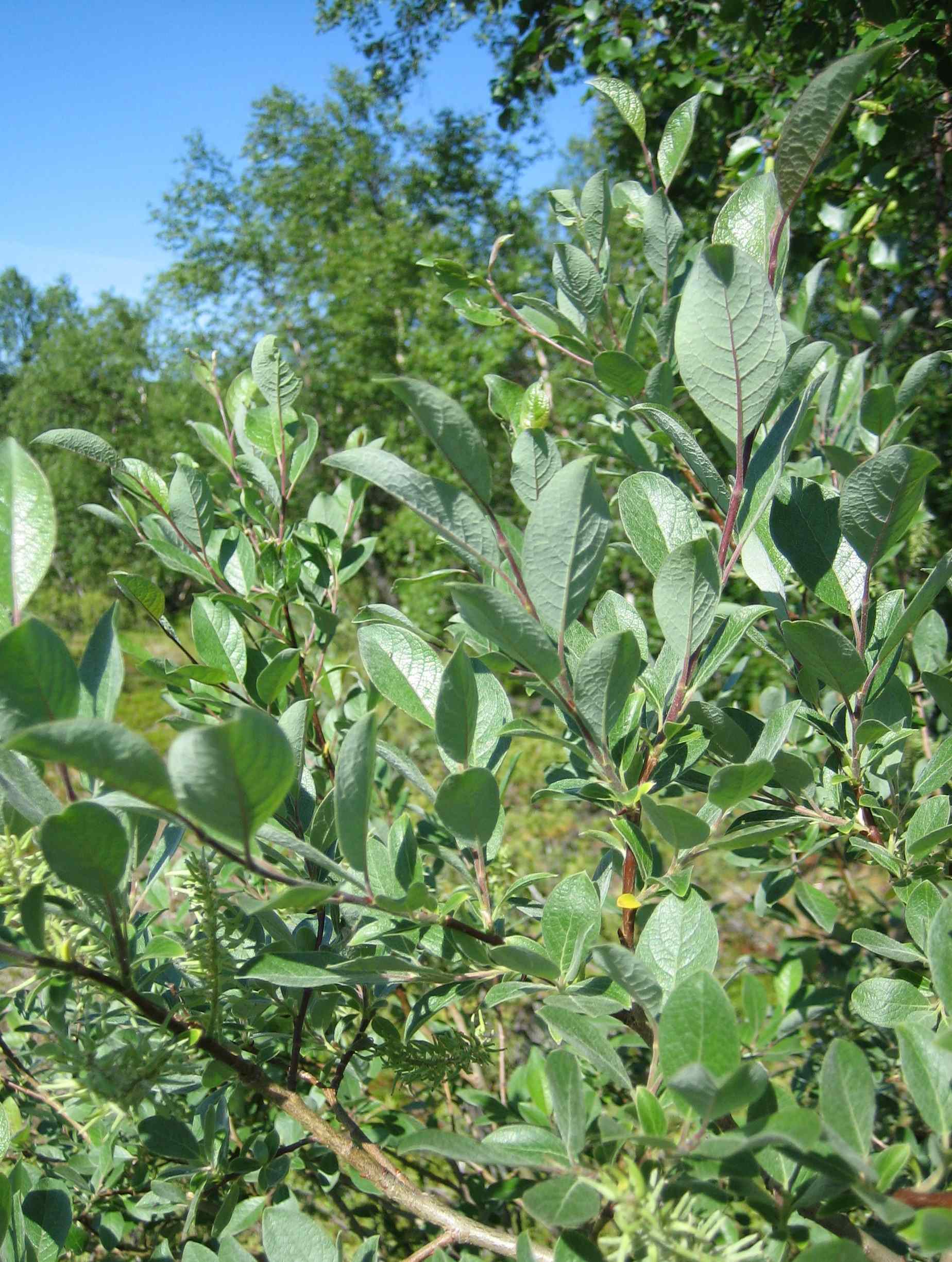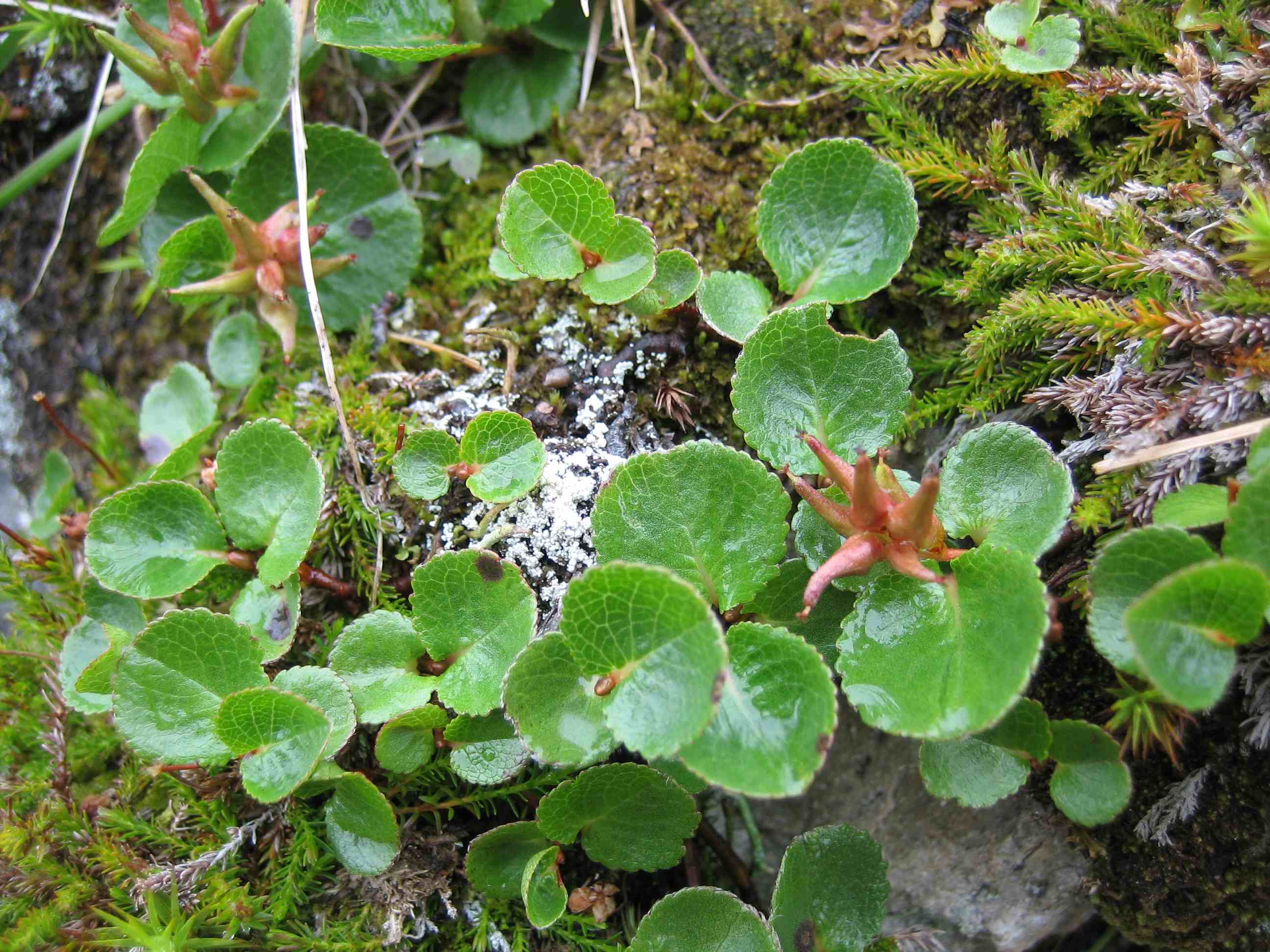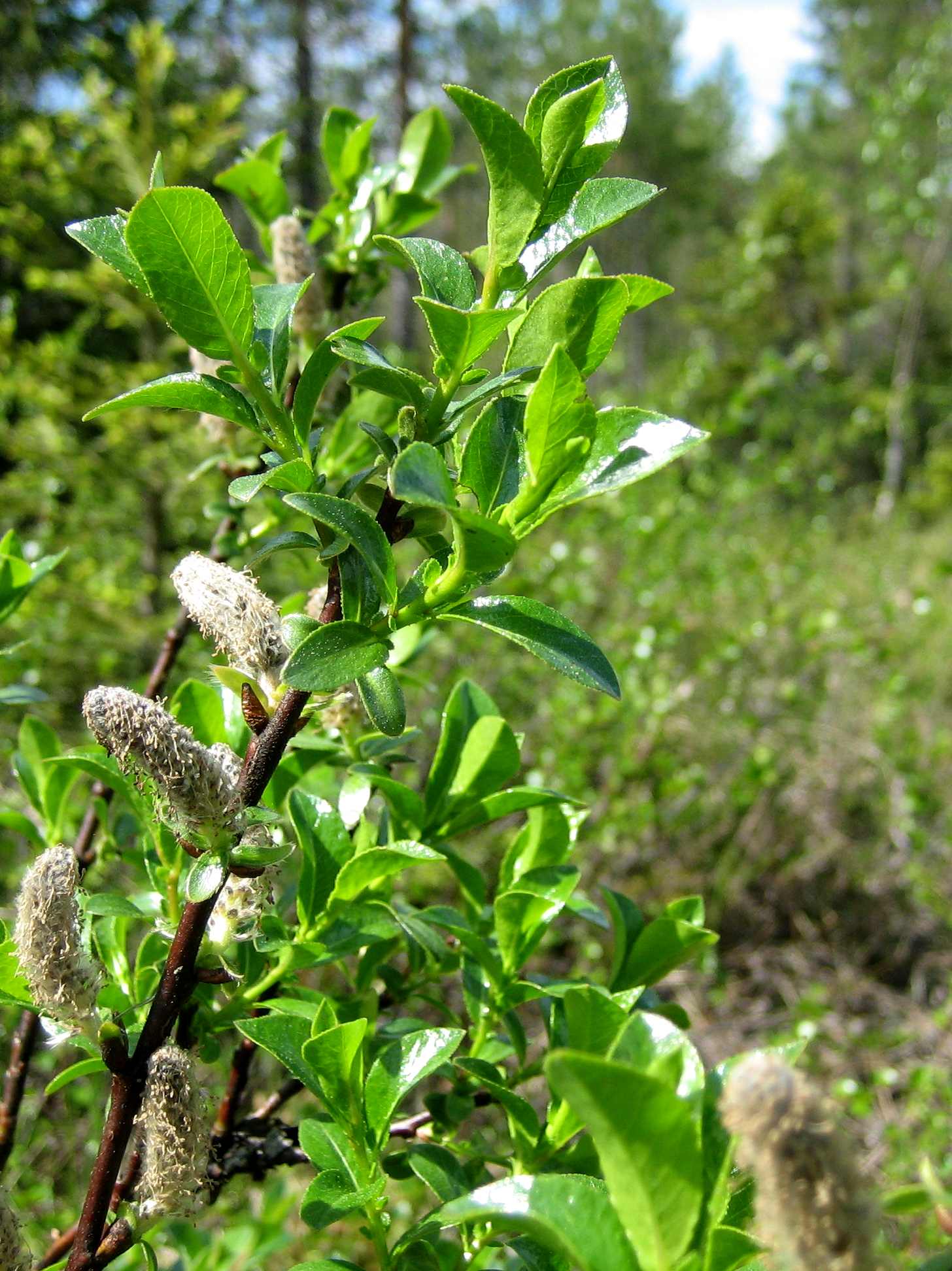|
INSECTS ON WILLOWS: INTRODUCTION |
||
|
Willows (Salix spp.) are one of the dominant and most diverse plant groups of the Northern Hemisphere: there are probably over 450 different willow species in the whole Holarctic region. More importantly, the species are ecologically extremely diversified, so willows are present in practically all northern habitats from tundra to old-growth forests. Accordingly, the size of willows ranges from low, ground-hugging arctic forms to high canopy trees. Given their diversity and ubiquity, it is not surprising that willows are attacked by many different insects. The combined insect fauna on willows encompasses literally hundreds of insect species, including various butterflies and moths (Lepidoptera), beetles (Coleoptera), sawflies (Hymenoptera), flies (Diptera), and aphids (Hemiptera). Individual insect species often specialize to utilize only one or a few willow species, so every willow species tends to harbour its own, characteristic insect fauna. Insects utilize willows in many different ways. Most species feed externally on leaves, but all parts of willows are attacked in one way or another. Thus, willow-feeding insects can be divided into trophic groups called guilds. The guilds include, for example, external feeders, leaf miners, leaf tiers, catkin feeders, gall inducers, and shoot miners. Each guild typically contains species from many different insect groups, so the attacker often cannot be identified on the basis of the damage alone. In such cases it is often useful to know the willow species, and closer inspection of the larva may be needed for reliable identification. In the following pages, willow-associated insects are grouped according to feeding guilds. This makes it easier to compare the damages inflicted by different insects, which may facilitate identification of the attacking species. Some insects that arguably belong to many different feeding guilds are included in multiple places on the pages. The website is still very much incomplete and will be updated whenever new photographs become available (sometimes next summer?). Although many, even common, insect species are still missing, the site will hopefully give some kind of an overview of the amazing diversity of the food webs that are based on willows in northern ecosystems.
|
 |
 |
|
Salix xerophila, a medium-sized shrub growing on dry soils in Lapland. |
General habitus of Salix xerophila. |
|
 |
 |
|
|
Salix herbacea, a creeping tundra species about one centimetre in height. Note the typical willow catkins among the round leaves with dented margins. |
Salix myrsinites, a low shrub occuring on moist, nutrient-rich soils in northern Fennoscandia. The shining, hard leaves of S. myrsinites contain a lot of defensive compounds called salicylates, which makes them rather bitter-tasting. |
|